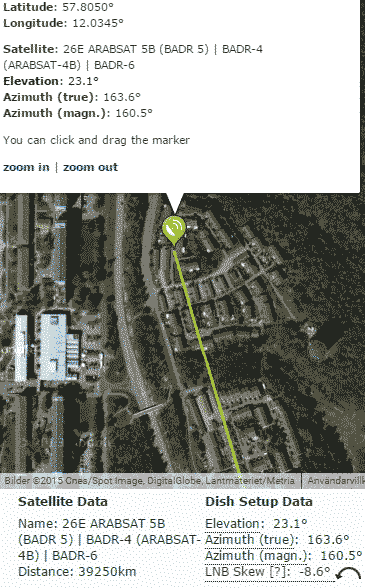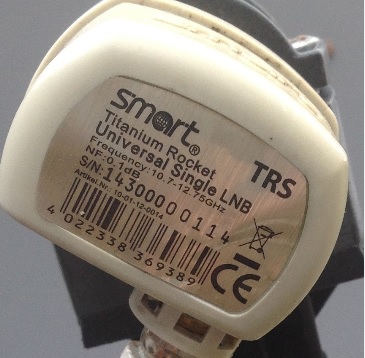Advertisment:


Satellite Internet Forum.
Welcome, Guest. Forum rules.To search this site click here > SATSIG search
| Home Login Register |
| Satellite Internet forum › Satellite dish installations - pictures and descriptions › Align a dish with SATLINK WS6906 |
|
Pages: 1
|
Align a dish with SATLINK WS6906(Read 47232 times) |
|
malakam
Member
★★ Offline Posts: 5 |
Feb 1st, 2015 at 10:54am
|
| Back to top |
IP Logged
|
|
malakam
Member
★★ Offline Posts: 5 |
Reply #1 - Feb 1st, 2015 at 10:54am
|
| Back to top |
« Last Edit: Feb 2nd, 2015 at 9:53pm by Admin1 »
IP Logged
|
|
Admin1
YaBB Admin
★★★★★ Offline Posts: 1224 |
Reply #2 - Feb 1st, 2015 at 3:38pm
|
| Back to top |
IP Logged
|
|
malakam
Member
★★ Offline Posts: 5 |
Reply #3 - Feb 2nd, 2015 at 4:55pm
|
| Back to top |
« Last Edit: Feb 6th, 2015 at 8:03pm by Admin1 »
IP Logged
|
|
Admin1
YaBB Admin
★★★★★ Offline Posts: 1224 |
Reply #4 - Feb 2nd, 2015 at 5:38pm
|
| Back to top |
« Last Edit: Feb 2nd, 2015 at 10:00pm by Admin1 »
IP Logged
|
|
malakam
Member
★★ Offline Posts: 5 |
Reply #5 - Feb 8th, 2015 at 4:04pm
|
| Back to top |
IP Logged
|
|
Admin1
YaBB Admin
★★★★★ Offline Posts: 1224 |
Reply #6 - Feb 8th, 2015 at 5:33pm
|
| Back to top |
IP Logged
|
|
malakam
Member
★★ Offline Posts: 5 |
Reply #7 - Feb 16th, 2015 at 12:36pm
|
| Back to top |
« Last Edit: Feb 16th, 2015 at 3:11pm by Admin1 »
IP Logged
|
|
hafid
Member
★★ Offline Posts: 10 Morocco |
Reply #8 - Feb 16th, 2015 at 12:55pm
|
| Back to top |
« Last Edit: Feb 16th, 2015 at 3:19pm by Admin1 »
IP Logged
|
|
Admin1
YaBB Admin
★★★★★ Offline Posts: 1224 |
Reply #9 - Feb 16th, 2015 at 3:10pm
|
| Back to top |
IP Logged
|
|
Pages: 1
|
Email me: eric@satsig.net
Powered by YaBB 2.5.2!
YaBB Forum Software © 2000-. All Rights Reserved.
Disclaimer, Terms of Use and Privacy Forum User Agreement Forum rules Cookie policy.












